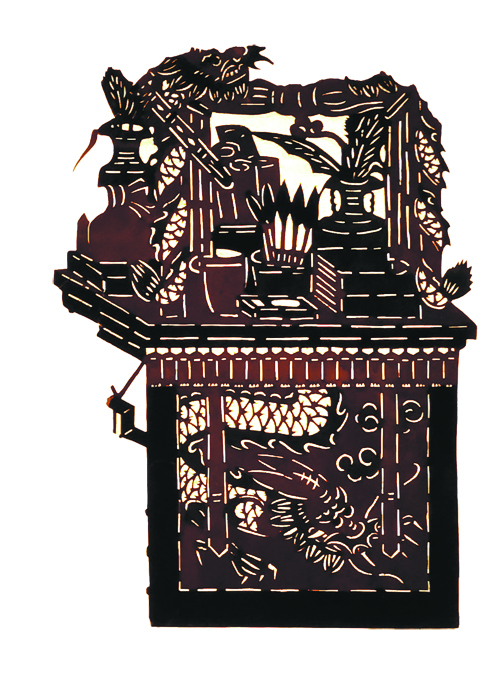

Dating back to the Western Han Dynasty (206 BC-AD 24), piyingxi, or shadow puppetry, which means performance with shadows, is a form of theater using colorful silhouette figures made of leather accompanied by music and singing. Manipulated by puppeteers using rods, the figures create the illusion of moving images on a translucent cloth screen illuminated from behind. It was inscribed on UNESCO's Representative List of the Intangible Cultural Heritage of Humanity in 2011.
Usually made up of five people, a troupe includes a puppeteer, three musicians who play many musical instruments, such as suona (a woodwind instrument), sihu (a four-stringed bowed instrument) and percussion instruments, and a singer who assumes all the roles in the show. The plays pass on stories and ideas regarding cultural history, social beliefs, oral traditions and local customs.
In its heyday, professional shadow puppet troupes abounded, and countless smaller groups formed by families or individuals contributed to about 30 genres. Wealthy, influential families often hired big shadow puppet troupes for religious rituals, weddings, funerals and other occasions.
With their passion and enthusiasm for the art form, folk artists like Liang and Chen are exploring contemporary takes, such as adapting and writing new plays based on traditional practice.